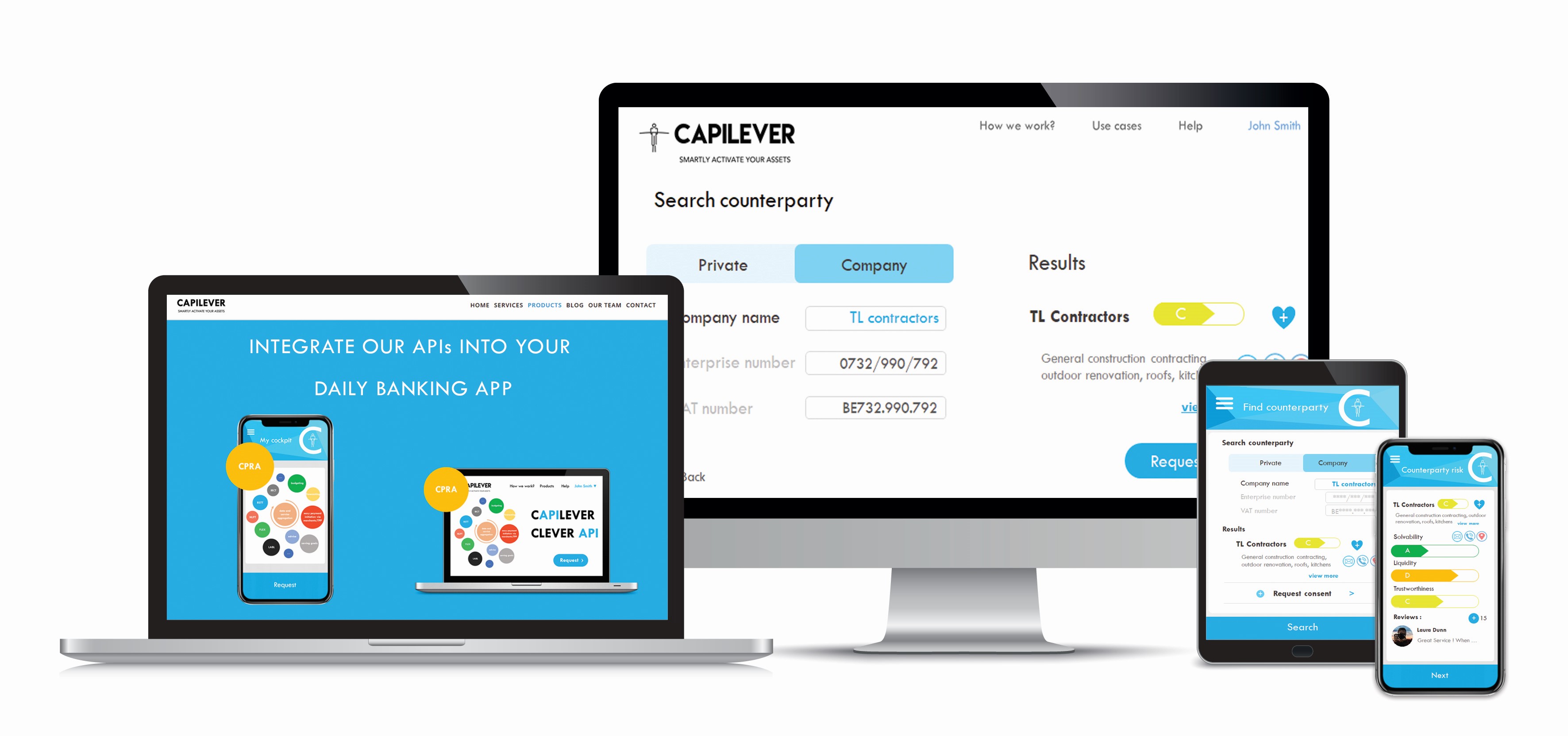Social distancing & Financial distancing – New counterparty risk models
27 May 2020
One could argue, that in a similar way that social distancing can limit the epidemic spread in the current health crisis, applying correct counterparty risk measures can prevent the contagion and propagation of financial defaults. Not by excluding companies from doing business, but by helping them with specific measures, hence avoiding a more systemic economic collapse.
Current unstable times have changed the way we look at credit risk, counterparty risk and risk insurance. In future, it is expected that customers will request more transparency on their own financial risk but also the financial health of businesses they are engaging with.
In previous blogs we have discussed new techniques to manage and expose counterparty risk using PSD2 and open banking APIs (see Capilever CPRA product). We have also discussed the need to have correct collateral valuation modes for credit scoring and ultimately credit pricing (see Capilever LABL product).
Traditional financial risk models were not designed to take into account extreme systemic shocks like we see today. Relevant (historical) data for these risk models is insufficient or even not available.
In addition, the pandemic has led to unusual data trends and buying patterns, leading to bias or ‘concept drift’ for existing models. This is for example the case in the food, travel, conferencing and streaming industries. And this will happen again during exit strategies.
Traditional risk scoring models remain highly valuable but it’s clear they need to evolve and become more real-time in order to reflect counterparty credit risk in a more comprehensive and transparent way.

Through new solutions like Capilever CPRA, based on open banking APIs, the traditional credit risk management can be changed. Based on aggregated transaction and position data, a company’s solvability and liquidity can be calculated – two critical metrics especially today – allowing to define the company’s capacity to keep generating revenues and survive.
In times like this it is critical for both banks (credit risk) and their customers (counterparty risk), to take negative counterparty scoring into account as early as possible, even if it’s only going to be a short-term issue. Not all impacts are clear today, and banks should enable optimal transparency and monitoring. Feedback from the previous 2007-2008 crisis has learned that banks taking preventive actions earlier, were also less impacted (Harvard, Brad Karp).
Along with the quantitative impacts mentioned above, qualitative elements may need to be included in the risk models for those segments considered to be most affected.
The current health crisis is disrupting existing counterparty risk models. The strategy towards the future should be for banks to provide honest, real-time, cheap and transparent counterparty risk support to their retail & commercial customers. This allows dealing with substantial changes in financial health of market participants, in real-time and with more automation between the different parties. Ultimately, it will enable faster recovery of the global economic system and early detection of companies that need (additional) financial support.

